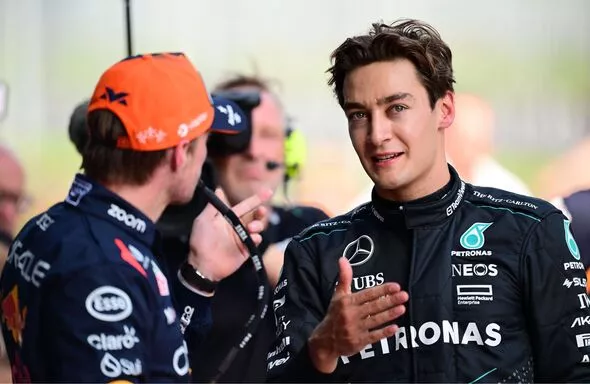In a dramatic turn at the Sao Paulo Grand Prix Sprint, Max Verstappen, the championship leader, was penalized for a Virtual Safety Car (VSC) infraction during the final lap, causing him to slip from third to fourth place. Verstappen, in an intense battle with McLaren’s Oscar Piastri, misjudged the VSC’s timing as it ended, resulting in a five-second penalty. This penalty, enforced due to Verstappen’s attempt to gain an advantage before the track fully returned to green flag conditions, allowed Charles Leclerc to advance to third place behind Lando Norris and Oscar Piastri, who finished first and second, respectively.
The incident unfolded when Verstappen, eager to secure his position, attempted to anticipate the end of the VSC while approaching Turn Four. As the VSC was deactivated, he accelerated, but his timing fell slightly short of regulation standards. Telemetry confirmed that Verstappen was 0.63 seconds below the minimum time required when the green light flashed, which violated Article 56.5 of the Formula 1 rulebook. This rule mandates that all cars remain above a minimum time when transitioning back to normal race conditions, and Verstappen’s infraction led the stewards to issue a standard time penalty for the sporting advantage gained.
Adding to Verstappen’s setbacks this weekend, he has already received a five-place grid penalty for Sunday’s main race due to an engine change, which further impacts his lead in the Drivers’ Championship. However, despite these hurdles, Verstappen retains a comfortable 44-point lead over Norris, with four races and one additional Sprint remaining in the 2024 season.
Lando Norris celebrated his Sprint win but expressed modest satisfaction, acknowledging that his teammate Piastri allowed him through. As for Verstappen, this latest penalty underlines the fine line drivers must tread during VSC periods. Sky Sports F1 analysts pointed out the challenge of timing the restart, with drivers forced to rely on split-second judgment without knowing the exact moment the VSC will conclude.
The stewards’ detailed review, including data from Verstappen’s Red Bull, highlighted that his maneuver, though tactical, did not meet the minimum requirements. Verstappen defended his actions by noting his awareness of the time delta, attempting to correct his speed, but ultimately failing to meet the precise timing needed. This miscalculation exemplifies the difficulties of balancing speed with regulation during high-stakes races.

